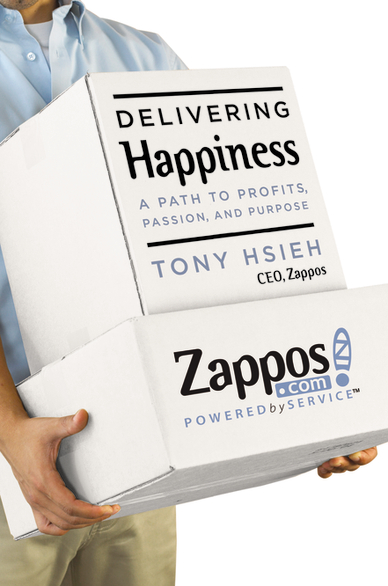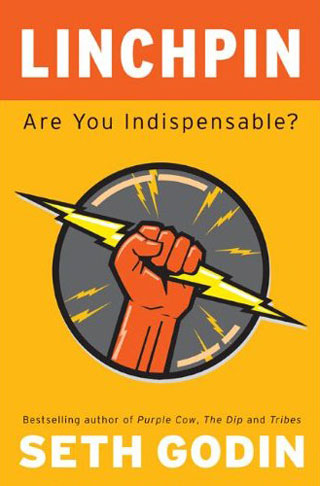Everything Is Obvious: *Once You Know the Answeris an easy to understand and thorough dismantling of the myth of common sense. The book intrigues it’s readers with a simple question; how is it that something we rely on so heavily can be so biased, unreliable, and fictitious? The single greatest barrier students have to learning sociology is their inability to let go of common sense and embrace empiricism. Watt’s book, more than any other I’ve read, focuses on the science of sociology and makes a strong, but measured1 case for using empiricism. Every sociology 101 student should read at least a portion of this book.
I will be using Watts’s book throughout the Soc101 Class Pack 2.0 especially early in the semester. While most textbooks think it’s really important that students know the names of long dead sociologists, I think it is far more useful to provide your students with the basic skills they need to start seeing and thinking like sociologists. Most textbooks’s early chapters are a parade of findings from studies done decades ago and these texts seem to assume that by reading findings students will learn the method of sociology which is like assuming you could infer a pig from looking at many varieties of sausage2. Having your students read the preface, chapter 1 (The Myth of Common Sense) and chapter 2 (Thinking on Thinking) will help them see how flimsy intuition and common sense are and once you’ve broken this mindset they will be ready for you to help them build a sociological mindset to replace it. This first portion of the book addresses many of the topics I’ve been talking about here on Sociology Source for a while. Confirmation bias, the fundamental attribution error, etc. are all covered brilliantly here. Furthermore there is a lot of great terminology, like “The Lake Wobegon Effect”, that can be recalled later in the semester when students stumble back into common sense thinking.
“So now what do I do?”
Typically the last chapter in a 101 textbook is horrible. After describing in depth all the social problems we face instead of telling the reader what they could do about them, textbooks frequently just talk about social change research and then abruptly stop. It’s no surprise that many students ask, “So now that I know all about these terrible social problems, what the hell do I do now to solve them?” Chapter 8 (The Measure of All Things) provides students with a clear and understandable description of how social scientists approach mitigating social problems. Watts provides multiple empirical approaches, but argues that good science doesn’t just measure it experiments. What he really means here, is that a good social scientists collect data and then adjust according to what their early findings suggest. Social scientists shouldn’t, he argues, imagine they understand what causes the social problem, but rather they should assume they don’t and remain open to the data as it emerges. I’ve done Watts a disservice by making my summation of his argument a tad opaque; Watts discussion is very clear and I believe any first year student could follow it. Watts also provides illustrative examples of 6 approaches to studying social problems and enacting solutions. This chapter shows students that social scientists do more than describe the doom and gloom of social problems. Social scientists here are shown changing and improving the world around them.
Applied isn’t a four letter word
While I know it isn’t very “academic” of me to say so, I think it’s important that what we teach our students has some practical value in their lives. Your students want to know why they should care about sociology, especially when it’s not their major area of study. Watts’s equally showcases the basic and applied research tracts of sociology. Portions of the book focus on sociological market research, public policy research, and even, gasp, marketing research. The book is often listed in the business/leadership section of online bookstores. While that typically makes me skeptical, Watt’s work deserves the attention of all sociologists and their students. Focusing on business applications of sociology doesn’t cheapen the discipline or this book, in fact it will draw in a wider audience of your students. Furthermore, if you believe that market applications aren’t “real sociology”, then you should have lots of straw men that you can knock down all semester long.
As the summer goes on, I will be providing some activities and assignments based on Everything Is Obvious as I plan on using excerpts from the book in almost all the courses I teach this fall.
Footnotes:
1. I say measured because Watts doesn’t over state the accuracy of empiricism. He acknowledges the limitations of what we can know empirically and provides countless examples of empirical studies that, while scientifically rigorous produced findings that were inaccurate, biased, and even sometimes, fictitious.
2. I can’t remember who I need to thank for the pig metaphor. If you know hook me up in the comments or contact me.



